Complete Guide to Systematic Vendor Replacement

Did you know that over 60 percent of midsize businesses face major setbacks due to vendor dependency each year? When companies lean too heavily on outside providers, small changes can cause big operational issues. This dependency often stays hidden until unexpected costs pile up or flexibility vanishes. Understanding how to spot and address vendor lock-in could help businesses reclaim control, cut expenses, and build more resilient operations.
Table of Contents
- Defining Vendor Dependency And Replacement
- Common Vendor Categories And Hidden Costs
- Phased Approach: Pilot To Full-Scale Transition
- Empowering Internal Teams With Ai Support
- Real Cost Savings And Regional Case Studies
- Avoiding Vendor Lock-In And Dependency Creep
Key Takeaways
| Point | Details |
|---|---|
| Vendor Dependency Risks | Over-reliance on external vendors can create significant operational and financial challenges for businesses. |
| Strategic Vendor Replacement | Transitioning from vendor dependency involves systematically assessing and replacing outdated external services with internal capabilities. |
| AI Integration for Empowerment | Leveraging AI can enhance team performance, reduce cost, and build internal expertise to minimize reliance on external vendors. |
| Proactive Vendor Management | Preventing vendor lock-in requires regular assessments, compliance with industry standards, and developing multi-provider capabilities to maintain flexibility. |
Defining Vendor Dependency and Replacement
Vendor dependency is a complex business challenge where organizations become excessively reliant on external service providers, creating significant operational and financial risks. According to research from technology experts, this dependency often emerges through proprietary systems that make switching vendors extremely costly and disruptive.
At its core, vendor dependency occurs when a business becomes locked into a specific supplier’s ecosystem, making transitions prohibitively expensive or technically challenging. The Vendor Audit: Complete Guide for $50M Businesses reveals that regional businesses typically experience vendor lock-in through several critical pathways:
- Proprietary technology platforms
- Complex contractual agreements
- Specialized service integrations
- High migration or transition costs
- Customized solutions unique to the vendor
Systematic vendor replacement represents a strategic approach to breaking these dependency cycles. The goal isn’t simply changing providers, but fundamentally redesigning how businesses manage external services. By methodically identifying over-reliance, mapping current vendor relationships, and building internal capabilities, organizations can systematically reduce external dependencies while maintaining operational excellence. When executed properly, vendor replacement transforms fixed costs into flexible, scalable internal capabilities that directly support core business objectives.
Common Vendor Categories and Hidden Costs
Understanding the landscape of vendor relationships requires a comprehensive view of the different types of external service providers that can create financial and operational dependencies for businesses. 5 Hidden Costs of Agency Relationships Explained reveals that most regional businesses interact with multiple vendor categories, each carrying unique financial implications.
The primary vendor categories that typically create significant dependency risks include:
Here’s a summary of the primary vendor categories and their hidden cost factors:
| Vendor Category | Typical Services | Common Hidden Costs |
|---|---|---|
| Marketing Agencies | Branding Digital marketing Campaign mgmt |
High retainers Performance markups |
| Technology Implementation | Software dev System integration Cloud services |
Customization fees Migration costs |
| Growth Consultants | Strategy Business development Optimization |
Long-term contracts Opportunity cost |
| Design & Creative Firms | Graphic/web design Multimedia production |
Revision fees Limited IP rights |
| Operational Consultants | Process improvement Workflow strategies |
Training costs Scope creep |
| Fractional Executive Services | Temporary C-level roles (CMO, CTO, CFO) | Leadership disruption High hourly rates |
- Marketing Agencies: Digital marketing, creative services, branding, campaign management
- Technology Implementation Partners: Software development, system integration, cloud services
- Growth Consultants: Strategic planning, business development, performance optimization
- Design and Creative Firms: Graphic design, web development, multimedia production
- Operational Consultants: Process improvement, workflow optimization, efficiency strategies
- Fractional Executive Services: Temporary leadership roles (CMO, CTO, CFO)
According to legal definitions, a vendor encompasses various business entities authorized to provide goods or services necessary for conducting business operations. The hidden costs of these relationships extend far beyond direct service fees, often including complex implementation expenses, long-term contractual obligations, and opportunity costs associated with reduced organizational flexibility. Systematic vendor replacement isn’t just about cutting expenses—it’s about transforming fixed external dependencies into scalable, internal capabilities that directly support core business objectives and improve overall operational agility.

Phased Approach: Pilot to Full-Scale Transition
Transitioning away from vendor dependencies requires a strategic, methodical approach that minimizes operational disruption and financial risk. Vendor Replacement Framework: Cut Costs 40% Fast outlines a critical roadmap for businesses looking to systematically reduce external dependencies and build internal capabilities.
The phased vendor replacement strategy typically involves four key stages:
- Vendor Dependency Assessment
- Comprehensive audit of current vendor relationships
- Identify highest-cost and lowest-value vendor interactions
- Quantify total monthly and annual vendor spending
- Evaluate potential internal replacement capabilities
- Pilot Function Selection
- Choose lowest-risk, highest-impact vendor category for initial replacement
- Develop internal skill sets and AI-enabled workflow alternatives
- Create measurable performance benchmarks
- Implement small-scale transition with minimal operational disruption
According to cybersecurity research, effective exit strategies are crucial for minimizing business interruptions and regulatory risks. By committing to a phased transition approach, organizations can systematically reduce vendor lock-in while building robust internal capabilities. The ultimate goal is transforming fixed external costs into flexible, scalable internal resources that directly support core business objectives and provide long-term strategic advantages.
Empowering Internal Teams With AI Support
Transforming vendor dependencies into internal capabilities requires a strategic approach to AI integration that goes beyond simple tool implementation. Understanding Why Teams Need AI for Success highlights the critical importance of viewing AI as an invisible infrastructure that amplifies existing team capabilities rather than a replacement for human talent.
The most effective AI support strategies focus on several key empowerment dimensions:
- Skill Augmentation: Enhancing existing team capabilities
- Workflow Optimization: Streamlining repetitive tasks
- Knowledge Transfer: Creating sustainable internal expertise
- Performance Acceleration: Reducing time-to-execution
- Cost Reduction: Minimizing external dependency expenses
According to research on vendor lock-in, implementing AI support can help internal teams develop strategies that mitigate proprietary dependencies and create more flexible organizational capabilities. By treating AI as a collaborative tool that enhances human potential, businesses can transform external vendor relationships into scalable, cost-effective internal competencies. The ultimate goal is creating adaptive teams that can rapidly respond to changing business requirements without being constrained by external service providers, effectively breaking the cycle of vendor dependency and reclaiming strategic control over critical business functions.
Real Cost Savings and Regional Case Studies
Real-world vendor replacement strategies offer compelling evidence of the substantial financial benefits businesses can achieve by systematically reducing external dependencies. The Vendor Audit: Complete Guide for $50M Businesses reveals that Midwest and Southeast regional businesses typically uncover significant hidden costs when conducting comprehensive vendor assessments.
Case study analysis demonstrates consistent cost-saving patterns across different regional business contexts:
- Manufacturing Sector: $425K annual savings by replacing fractional operations consultants with internal AI-enabled workflow management
- Professional Services: $312K reduction in marketing agency expenses through strategic in-house capabilities
- Specialty Retail: $267K saved by eliminating multiple technology implementation partners
- CPG Brands: $392K cost reduction from consolidated vendor relationships and internal skill development
According to research on vendor lock-in, asset specificity can create significant financial dependencies that restrict organizational flexibility. By implementing systematic vendor replacement strategies, businesses can transform fixed external costs into scalable internal capabilities. The most successful regional businesses approach this transformation not as a cost-cutting exercise, but as a strategic capability-building initiative that positions them for long-term operational excellence and increased business valuation.
Avoiding Vendor Lock-In and Dependency Creep
Vendor lock-in represents a strategic threat to organizational flexibility, creating hidden financial and operational risks that can silently erode business performance. Complete Guide to Building Your Vendor Replacement Roadmap emphasizes the critical importance of proactively managing external dependencies before they become unmanageable constraints.
Effective strategies for preventing vendor dependency creep include:
- Standards Compliance: Prioritize products and services conforming to industry-wide standards
- Multi-Provider Approach: Develop capabilities that work across different vendor ecosystems
- Open-Source Integration: Leverage technologies with minimal proprietary restrictions
- Continuous Vendor Assessment: Regular audits of existing vendor relationships
- Internal Capability Building: Invest in skill development that reduces external reliance
According to research on technology dependencies, organizations can systematically reduce lock-in risks by implementing a strategic approach that treats vendor relationships as flexible, replaceable partnerships rather than permanent commitments. The goal is creating an adaptive organizational infrastructure that can rapidly pivot between providers, technologies, and service models without experiencing significant operational disruption or financial penalty. This approach transforms vendor management from a reactive cost center into a proactive strategic capability that directly supports long-term business resilience and growth.
Break Free From Vendor Dependency and Cut Outsourcing Costs by 40 Percent
Managing vendor relationships across marketing agencies, growth consultants, technology partners, and fractional executives is draining your time and profits. If your regional business in the Midwest or Southeast is spending between $50K and $150K every month on external vendors, you are likely caught in the costly cycle of vendor dependency. The article’s insights show this problem goes beyond one vendor type; it spreads across multiple categories causing $200K to $500K in hidden annual costs and eroding your core passion for the business.
Average Robot specializes in helping $40-75M companies just like yours to take back control by replacing expensive vendors with AI-empowered internal teams. We focus on practical vendor independence—cutting outsourcing costs 30 to 40 percent while building internal capabilities you own. We are the dependency breakers who make sure you spend less on vendors and more on what you love. Whether it’s marketing, technology implementation, or fractional leadership roles, we help you in-house what you outsource, saving $75K to $150K in the pilot phase and targeting $400K to $600K+ annually across all functions.
Ready to see what your true vendor costs look like and start building a vendor replacement strategy personalized for your business and goals? Take the first step with a Free Vendor Dependency Assessment that maps your spend across every function. Discover how smart internal empowerment breaks the consultant trap and protects your business value. Visit Average Robot now to schedule your assessment and stop letting vendor management steal your focus.
Frequently Asked Questions
What is vendor dependency?
Vendor dependency is when organizations become excessively reliant on external service providers, resulting in operational and financial risks that make switching vendors costly and disruptive.
How can I systematically reduce vendor dependencies?
By conducting a comprehensive vendor dependency assessment, you can identify high-cost relationships, develop internal capabilities, and transition strategically to minimize operational disruptions.
What are some of the hidden costs associated with vendor relationships?
Hidden costs may include expensive retainers, long-term contracts, customization fees, migration costs, and training expenses, all of which can erode organizational flexibility and financial resources.
How does AI support internal teams in vendor replacement strategies?
AI helps enhance internal capabilities by streamlining workflows, augmenting skills, creating knowledge transfer, and reducing dependencies on external service providers, facilitating a more agile organizational structure.




